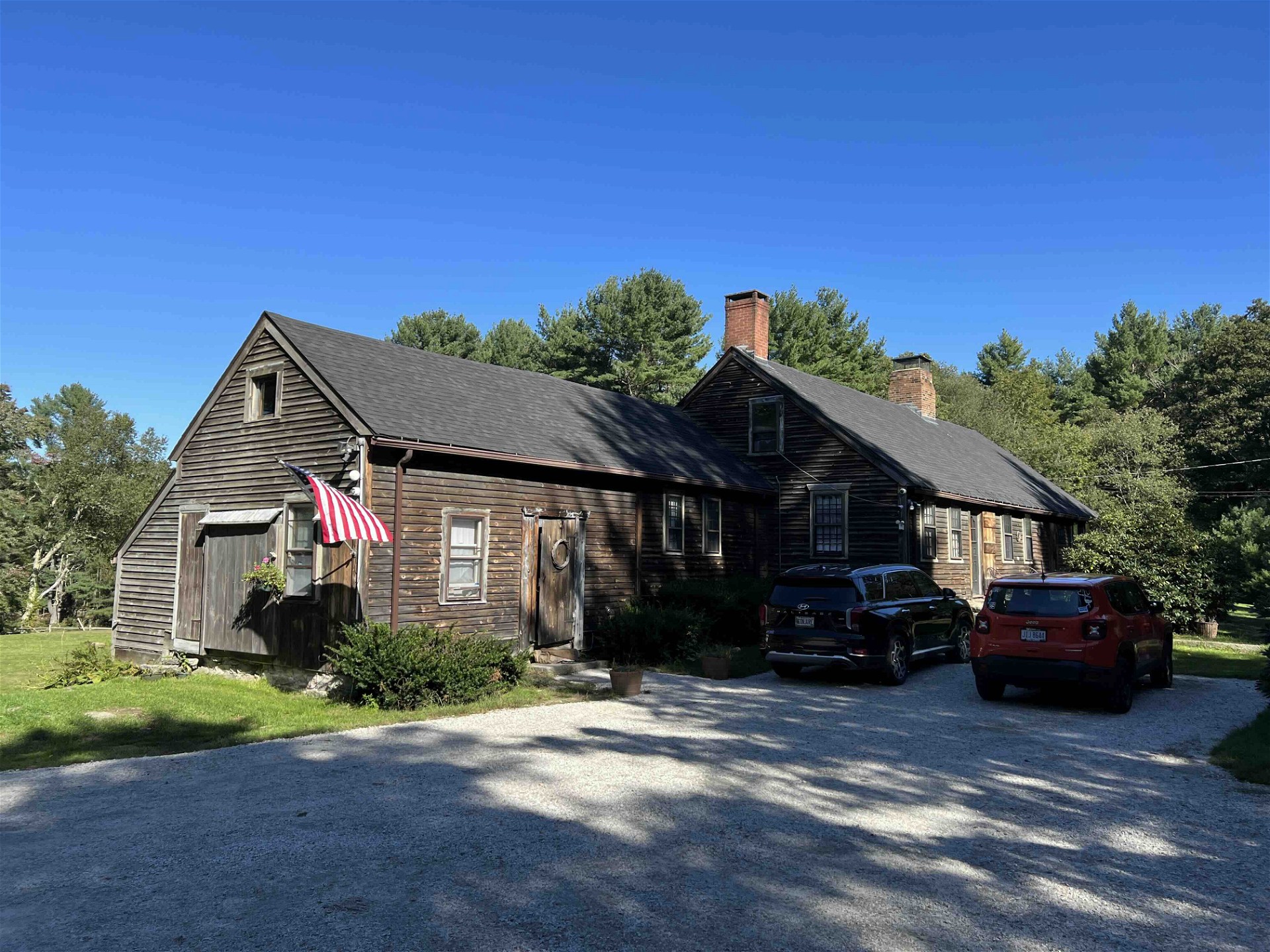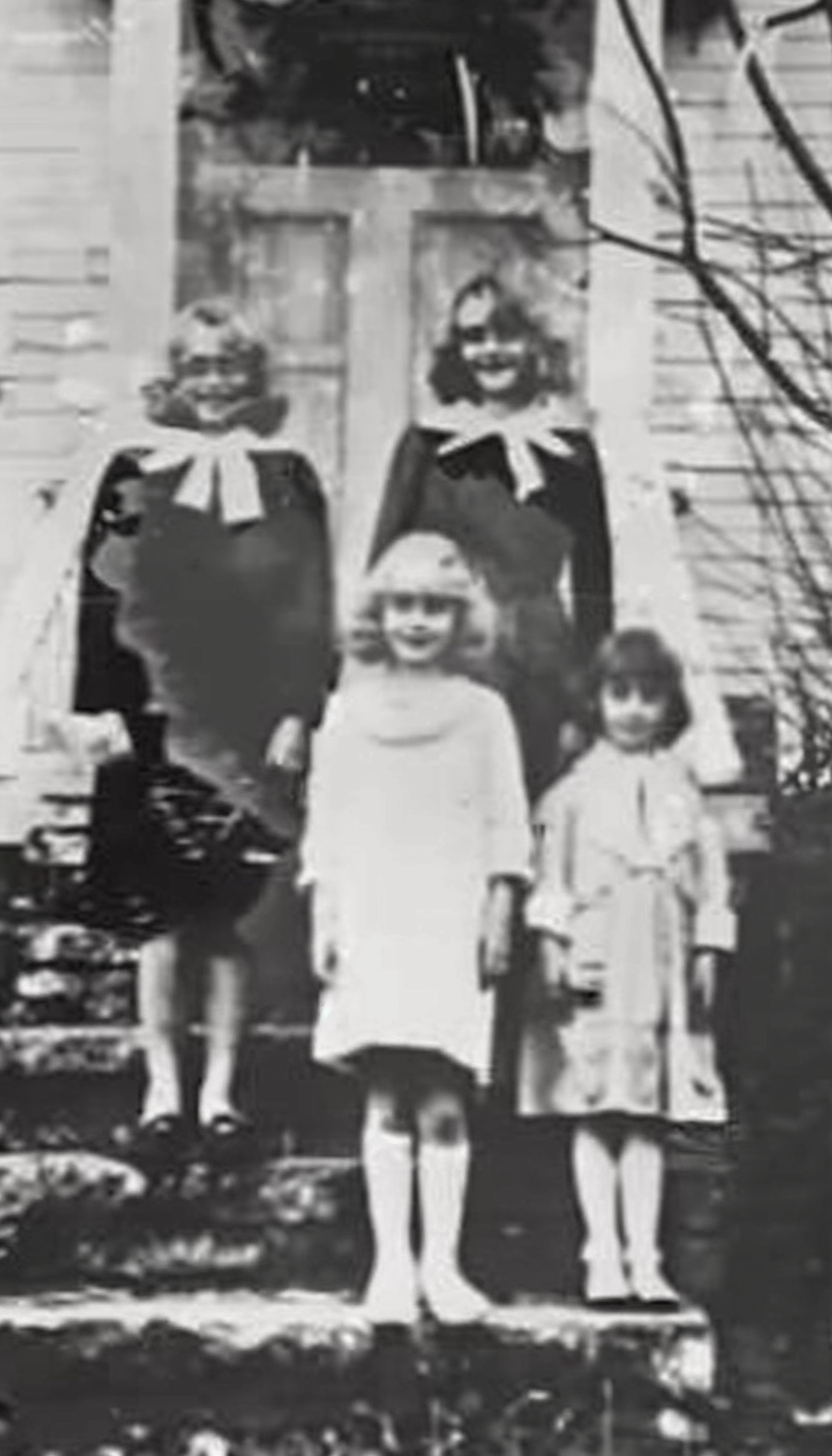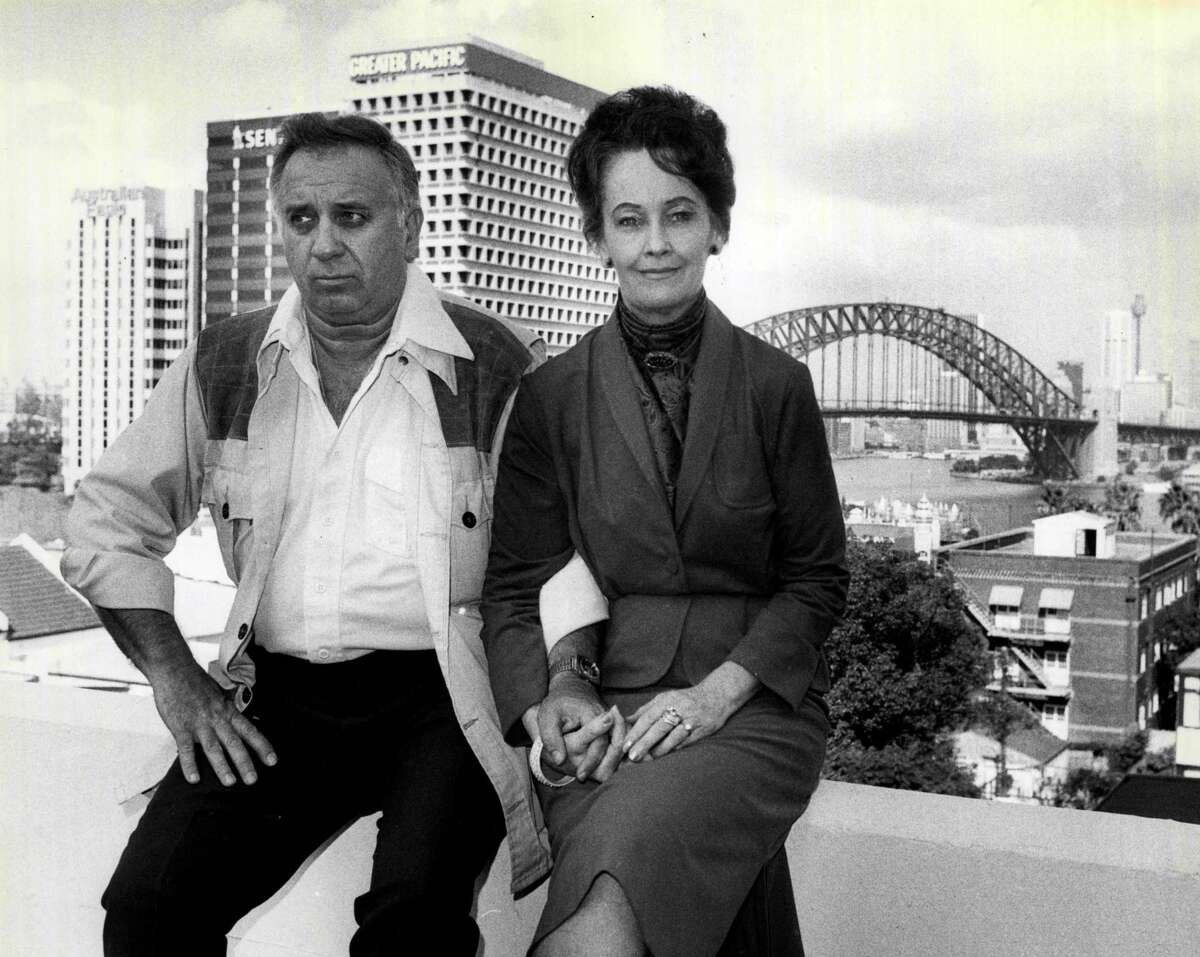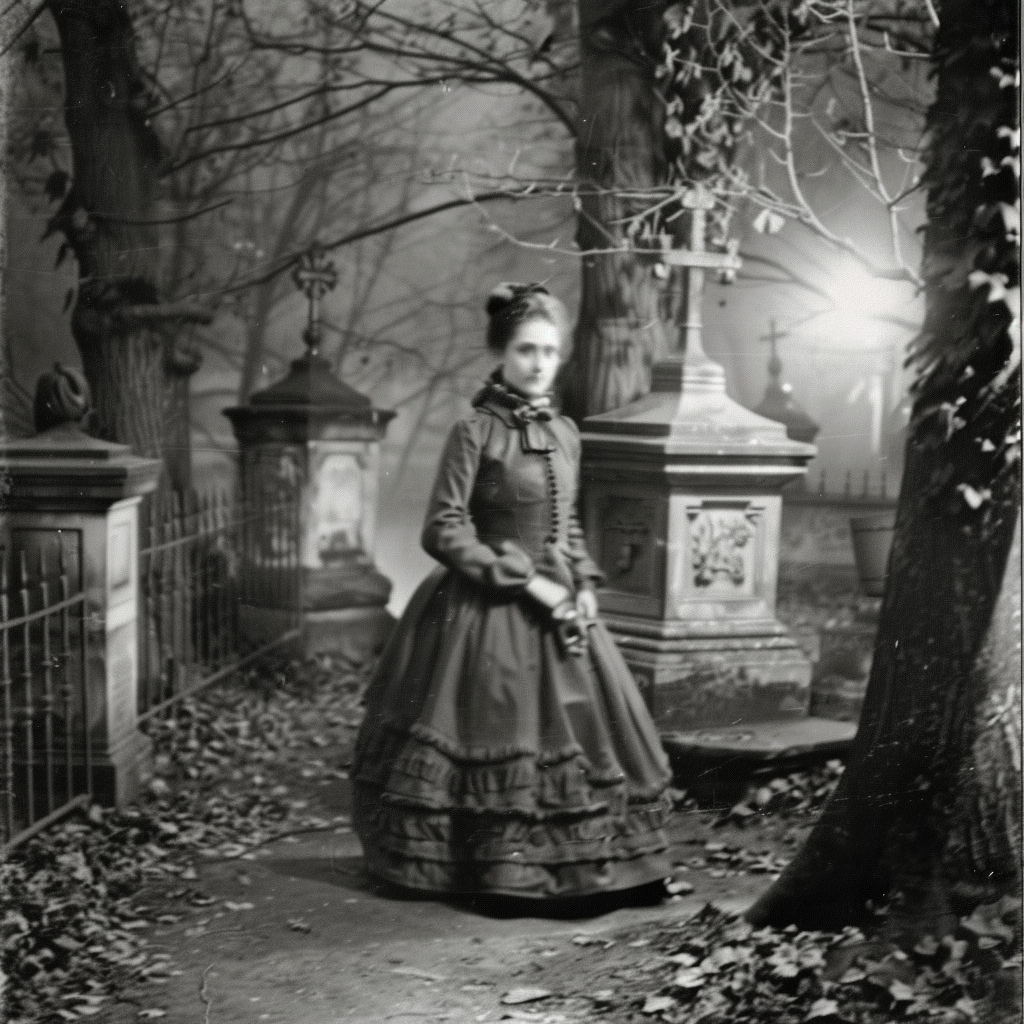The Conjuring House: The True Story Rarely Told
Anyone interested in ghosts has heard of “The Conjuring,” the movie that turned an alleged story of a haunted house into a lucrative Hollywood franchise. As a film, it’s a gripping, terrifying cinematic tale of a family whose blissful life is turned into a hellish nightmare plagued by demons. But what really happened in that farmhouse just outside Harrisville, Rhode Island? Is it a legitimate story of a haunting or an elaborate hoax?
The Movie is Not a Documentary
Let’s get this out of the way first: “The Conjuring” is just a movie. It’s not a documentary dedicated to facts or supported by research and historical documentation. The supposed haunting on which the film is based remains plagued with questions of its authenticity and tainted by the involvement of investigators whose motivations were not exactly pure.
Former owners who purchased the farmhouse have spoken out and broke down “The Conjuring” film scene by scene to demonstrate the abundant inaccuracies and inconsistencies from actual events. The source material — a series of self-published books written 30 years after the events took place – is riddled with inconsistencies and assertions that don’t match historical records or cite individuals who can’t be located.
Let’s take a closer look at the tale of a haunting that inspired “The Conjuring’s” case files of investigators Ed and Lorraine Warren and see how it stacks up against the movie/s depiction of events. Then, decide for yourself.
The Perron’s Story
The tale of The Conjuring that inspired the film focuses on the tribulations of the Perron family captured in a trilogy of books by Andrea Perron, the oldest daughter, under the title “House of Darkness, House of Light.”
A Few Undisputed Facts
Carolyn and Roger Perron and their five daughters moved into the 14-room farmhouse at 1667 Round Top Road, just outside Harrisville near the Rhode Island border to Massachusetts in 1970. They lived there for 10 years.
While the property is portrayed in both the books and the film as isolated and remote, it’s just a 25-minute drive to Providence and an hour’s drive to Boston.
The farmhouse, built in 1736, sits on eight-and-a-half acres. It’s been known by many names over the years, from the Richardson House, the Arnold Estate, and Old Brook Farm. Now, it’s known as The Conjuring House, thanks to the films.
Here’s what the Perrons say happened
Shortly after the family moved in, the family began to notice strange occurrences. A broom would disappear and reappear, for instance. They heard noises, including a rasping on a kettle. Piles of dirt would materialize on a newly cleaned floor. Andrea writes that as the strange events intensified, her mother felt the need to investigate the farm’s history. Andrea Perron’s books are largely based on her mother’s “research.”
In the Perrons’ version of events, at least a dozen mysterious deaths occurred on the property, including the murders of an infant and child, a suicide in the attic, and multiple drownings in a nearby creek. These tragic souls were left tied to the property in the form of ghosts encountered by the Perrons.
One, they claimed, smelled like rotting flesh. Another would frequently attack the father and trap him in the cellar. Andrea Perron stated that her mother believed a female demon was behind the mysterious deaths and directed the other spirits. In an interview, she noted, “Whoever the spirit was, she perceived herself to be mistress of the house and she resented the competition my mother posed for that position.”
Within a few months of moving in, Carolyn Perron reached out to paranormal investigators. One group, which included a psychic medium, claims to have witnessed a variety of phenomena, including objects moving on their own, unexplained noises and strange odors. They also claimed to have communicated with several spirits, including a child named “Manny” and an older woman with a demented spirit.
However, other researchers at the time found no evidence of a haunting and observed nothing unusual. Undaunted by skeptics, the Perrons kept reaching out, eventually meeting the other key players in “The Conjuring” saga: Ed and Lorraine Warren.
The Warrens: Paranormal Grifters?
Edward Warren was a self-taught and self-professed demonologist, author, and lecturer. Lorraine professed to be clairvoyant and a light trance medium. In 1952, the pair established The New England Society for Psychic Research (NESPR). In 1970, just prior to meeting the Perrons, the couple had attracted national attention by publicizing a strange case involving a Raggedy Anne doll supposedly possessed by a demonic spirit.
In 1971, at Carolyn’s urging, Ed and Lorraine made multiple trips to investigate the farmhouse hauntings. The Warrens claimed a member of their research team saw the misty figure of a woman, unexplained noises and other phenomena.
As part of her “historical evidence gathering,” Carolyn had done some amateurish research that involved talking to locals and confirming their stories via psychics.
In her “research,” Carolyn came across a woman named Bathsheba Sherman with a dark reputation. According to Carolyn, Bathsheba had lived in the farmhouse in the 1800s. Lorraine listened in fascination as Carolyn recounted Bathsheba’s extraordinary life. She killed an infant (possibly her own) with a knitting needle by impaling its skull, but was then acquitted at trial due to lack of evidence. Brutal Bathsheba beat and starved her farmhands for years. Eventually, after drowning one of her children in the home’s basement well, she hung herself in the attic. Locals believed Bathsheba was a witch who practiced dark arts and worshipped the devil.
Lorraine Warren devoured this information. From then on, the presence haunting the Perron home was referred to as “Bathsheba” by Lorraine and all those associated with the haunting. As described in one of Andrea Perron’s books, Carolyn experienced a sudden piercing pain in her calf while lying on the sofa, and upon inspection, a perfectly circular wound was found, as if a large sewing needle had punctured her skin. Lorraine suggested that the suspected witch could have taken the needle with her to the afterlife and used it to harm Carolyn.
As part of their services, Lorraine led a bizarre séance in which Carolyn was supposedly possessed by Bathsheba and spoke in tongues until her husband, Roger, put an end to it. Andrea Perron claims she secretly witnessed the seance. “I thought I was going to pass out,” Andrea told a reporter. “My mother began to speak a language not of this world in a voice not her own. Her chair levitated and she was thrown across the room.” (In the movie, the haunting culminates with Ed performing an exorcism not a seance.)
“The Conjuring” portrays the Warrens as gentle, soulful people who just want to help. But history paints the couple quite differently, with well-respected skeptics debunking the bulk of their “work” as exaggerated or exploitive, or as with “The Amityville Horror,” intentionally fabricated for profit and fame.
The 2023 Netflix documentary, “The Devil on Trial” depicts the Warrens as swindlers who preyed on vulnerable families, feeding them fantastical tales mixed with pseudo-science to create narratives from which they themselves could profit. Vox describes the Warrens as “a pair of conniving, reality-distorting, shamelessly grandiose self-promoters and sham psychics running a long-term con job.”
Curiously, despite the farm being overrun with what Lorraine described as dangerous, demons led by an infant-killing witch with a knitting needle as an afterlife weapon, the Perrons continued to live there for nine years until 1980. Miraculously, the hauntings ceased when the Perrons left.
Who was The Real Bathsheba Sherman?
As is often the case with sloppy research, Carolyn had a few facts right, but many wrong. Bathsheba Sherman was a real person who lived in the 19th century in Rhode Island. She was born in 1812 and married Judson Sherman in 1844 at age 32 – a spinster’s age in that era.
Bathsheba Sherman’s grave notes she died on May 25, 1885, at age 73, approximately four years after the death of her husband. She did not hang herself during her child-bearing years, as purported by the Perrons. The Burrellville Gazette noted she died following “a sudden paralysis,” a common way to describe a stroke in the late 1800s.
The books also falsely claim that all of her children died before the age of four, but government census records show that her son, Herbert L. Sherman, lived a long life as a farmer, had a family and outlived his mother. The fate of her other three children, Julia, Edward and George, is unclear.
In Andrea’s book House of Darkness, House of Light, Carolyn Perron is described speaking with a man named “Mr. McKeachern,” a local historian. He is the one who allegedly told Carolyn about Bathsheba’s history and the rumors about her.
However, researchers have been unable to turn up or find evidence of a local historian named McKeachern, nor could find they find any evidence of a trial or inquiry involving Bathsheba. The trial of a woman killing an infant by plunging a needle into its skull surely would have been front page news – but there’s no record of it in local papers, nor courthouse documents. She was a lifelong member of the local Baptist church, and her minister oversaw her funeral – both unlikely if she was in league with Satan.
Contrary to internet rumors and local legends, there is no evidence to support that her body “literally turned to stone.” Bathsheba also never lived at the Perron farmhouse, but on the Sherman Farm some distance away.
Bathsheba Sherman was not a demon, a child murderer, a witch or a worshipper of Satan. Based on facts, she appears to have lived a fairly average life of a hard-working farmer’s wife. Sadly, “The Conjuring” smeared her memory with unfounded accusations. Her grave and headstone have been targeted by vandals for years, and Carolyn and Andrea Perron are to blame.
Skeptics and Investigators on the Perrons' Claims
With the source material in question, it’s unclear if the Perron family farmhouse was ever haunted. But was it a fabrication, like the Amityville Horror, or something else?
Respected skeptic and researcher Jim Nickell took an exhaustive look into the events and came to this conclusion in a 2016 article for The Skeptical Inquirer. “I analyzed the Perrons’ claims of demonic activity and showed that they were consistent with the effects of strong winds, misperceptions, schoolgirl pranks, vivid dreams, simple suggestion, role-playing, and other factors—including one child’s having had an imaginary playmate—and the effects of memory after some thirty to forty years.”
Nickell’s take on the Warrens findings were dubious, at best, and their reputation hurts the story’s overall credibility. In his article, he picked apart selected passages from Perron’s books and provided an explanation for the “phenomena” occurrences. His research also turned up that unlike the happy, tranquil family described in the books, they were a dysfunctional mess with Carolyn and Roger on the verge of a separation that ended in divorce. Roger denounced the Warrens as “a pair of two-bit charlatans,” and Carolyn insisted her daughters agree the house was haunted as a show of loyalty.
Bathsheba’s suicide in the farmhouse attic is just one of many deaths wrongly attributed to the property. Other deaths Carolyn “uncovered” happened in different locations. There is no record of anyone purposely killing an infant in the 300-year history of the property. Had any such death occurred, it would have likely been recorded in what is known as The Black Book of Burrillville, a list of the unusual deaths from 1806 compiled by historians in the township of Burrillville, where the farmhouse officially sits, Nickell notes.
Nickell also talked with Gerry and Norma Sutcliffe who lived on the property from 1987 to 2019 and they reported no strange occurrences. Their biggest problem were vandals and trespassers following the 2013 release of the first “Conjuring” film. Another couple purchased the house for $439,000 in 2019. They claimed all manner of demonic activity to reporters, but they may have been motivated to amp up the property’s haunted pedigree. If that was their plan, it paid off. They sold the house in 2022 for $1.5 million – a tidy million-plus profit on their investment.
The house was purchased by Boston developer, Jaqueline Nuñez, who has a self-described fascination with the supernatural. According to reports by The Boston Globe and various interviews, “the house doesn’t allow people to live there year round because the energy is so powerful.”
Paranormal investigators and enthusiasts continue to visit the house, hoping to document their own encounters. It’s been a commercial bonanza for the two most recent owners – the house offers overnight stays, as well as haunted tours.
Mixed Reports of Modern-Day Hauntings
Whether the house was haunted in the 1970s or remains that way is an ongoing debate. It also begs the question, how much of it real and how much of it is hype?
- The public relations team for the film, “The Conjuring” told the press that cast and crew experienced supposed supernatural occurrences on set. Vera Farmiga, who played Lorraine Warren, reported seeing ghostly apparitions and feeling a sense of unease during filming. But this makes little sense, given the film was shot on a film set that recreated rooms in the farmhouse.
- Realtor Mott & Chace Sotheby’s International Realty said regarding the house, “To this day, countless happenings have been reported,” but when pressed by reporters from The Boston Globe, they did not provide evidence.
- In 2023, Travel Channel and Discovery + sponsored a pair of ghost hunters to shoot in the Perron house – their conclusion? The spirits were quick to show themselves.
- Local caretaker Madison Heinzen, the daughter of the home’s former owners, has some 1.3 million followers on TikTok and shows them exactly how everyday tasks can quickly go wrong in The Conjuring House. Her videos depict a multitude of what she calls “paranormal” events — each shot with a series of cameras she has streaming in the house. But some of the occurrences she writes off as “unexplained” have been cited by skeptics and explained as naturally occurring phenomena, including even drafts in the 1736 house.
- In 2020, reporter Amanda Milkovits for The Boston Globe spent just one night in the house. A skeptic by trade, the journalist had the following to say: “I’m glad it was just one night… The place seems haunted.”
- In 2021, People’s magazine’s Julie Jordan spent a night at the Perron house, her experience can be read here.
In many cases, something in a film like “The Conjuring” exacerbates people’s personal beliefs and their various (and not uncommon) psychological conditions — some of which have explain other ghost hauntings. Among them, sleep paralysis during their overnight stay; Pareidolia – the normal human tendency to give meaning or interpretation to vague visual stimuli; top-down processing, which embellished our perception of the world with information; inattentional blindness – our brain’s ability to miss things that are in plain sight.
Hoax, Exaggeration or Something Else? Skeptics Theories
There have been various allegations that the haunting depicted in the film “The Conjuring” was a hoax or something else. Some of the most prominent theories include:
- The Perron family exaggerated or fabricated the haunting for financial gain. Obviously, the film version of “The Conjuring” inflated the Perron story for dramatic effect. Some have pointed out that the film adds a demonic possession subplot that was not present in the original story, while others have claimed that the film portrays the Perron family as being more isolated and helpless than they actually were. But what if the Perrons – or just Andrea Perron – took an actual haunting and exaggerated the story first? A few piles of unexplained dirt and a missing broom don’t make for much of a story. But a child-killing ghost of a witch? Now you’re onto something. The Perrons have denied these allegations, stating that they never sought to profit from their experiences – but Andrea, in particular, certainly did.
- Andrea Perron was either unable to secure a traditional publisher for her books or chose not to because the story lacked evidence. To minimize legal exposure, it’s not uncommon for publishers to use caution with non-fiction manuscripts to ensure that they’re factual prior to publishing. Some publishers even take out multi-million insurance contracts on books that might generate lawsuits based on libel or defamation. Most publishers request authors to sign affidavits stating that, to the best of their knowledge, the contents of non-fiction books are truthful. Some publishers will even have their legal teams comb through a book to ensure the story is credible. For whatever reason, there’s no publisher standing behind Perron’s accounts.
- Ed and Lorraine Warren’s involvement cast doubts on the entire Perron story. As noted earlier, critics have accused the Warrens of being hucksters who exploited people’s fears and beliefs in the paranormal for their own financial gain. They have been accused of using the Perron case to promote their books and lectures.
- Reasonable explanations exist for the occurrences at the farmhouse. Numerous investigators, including Jim Nickell, have suggested that the Perron house was not haunted at all and that the family’s experiences were the result of mundane factors such as natural gas leaks, carbon monoxide poisoning, or other environmental factors. There’s also evidence that at least a few could be credited to childish imagination and even pranking on the part of the daughters.
- The entire affair could be attributed to the power of suggestion. The zeitgeist during that period was inundated with the paranormal. “The Exorcist” was both a hit film and a cultural phenomenon and followed on the heels of “Rosemary’s Baby.” Both films not only lead to moral outrage and media frenzy but also an uptick in “registered” hauntings and demonic possessions. Meanwhile, in California and other states, the New Age movement was on fire — crystals, astral projections, meditations, and pagan symbology were popular – and all things that Carolyn Perron freely admitted to being a believer in.
Americans were ripe for believing the unbelievable. America was slowly shifting its anxieties, leaning into baseless conspiracies, alien abductions, and what would later be dubbed “the Satanic Panic.” People were open to “paranormal” suggestions – all matters of occult and “supernatural” experience began to grow during this period.
Fact or Fiction?
Extensive investigation and numerous legal disputes have proven the “Amityville Horror” story to be a hoax – yet people still believe it’s true.
The “evidence” behind the Conjuring house haunting remains problematic. Bathsheba didn’t kill a child; she didn’t turn to stone. Perron’s books are filled with inconsistencies, documents don’t support many of her mother’s “research,” and investigators point out that many parts of the story just don’t exist or stand up to scrutiny. The discredited Warrens seem to have conjured up many of the so-called facts and details.
But maybe people just want to believe that the 1736 farmhouse is haunted because that’s what they saw in a movie. Even though they know it’s not accurate and it’s been overhauled for entertainment value, it’s hard to shake something you’ve seen and experienced. A study conducted at Lafayette College in Pennsylvania revealed that even self-proclaimed skeptics reported hearing more voices when led to believe they were participating in a paranormal study involving sound recordings from ghost-hunting TV shows.
In cases such as this one where absolute proof is beyond reach, it’s worth looking at both sides of the argument. To quote the Bard, “There are more things in heaven and earth, Horatio, than are dreamt of in your philosophy.” In other words — we may never know the truth.
Meanwhile, the Perrons are sticking to their story. “Both my mother and I would just as soon swallow our tongue than tell a lie,” Andrea Perron told USA Today, “People are free to believe whatever they want to believe. But I know what we experienced.”












